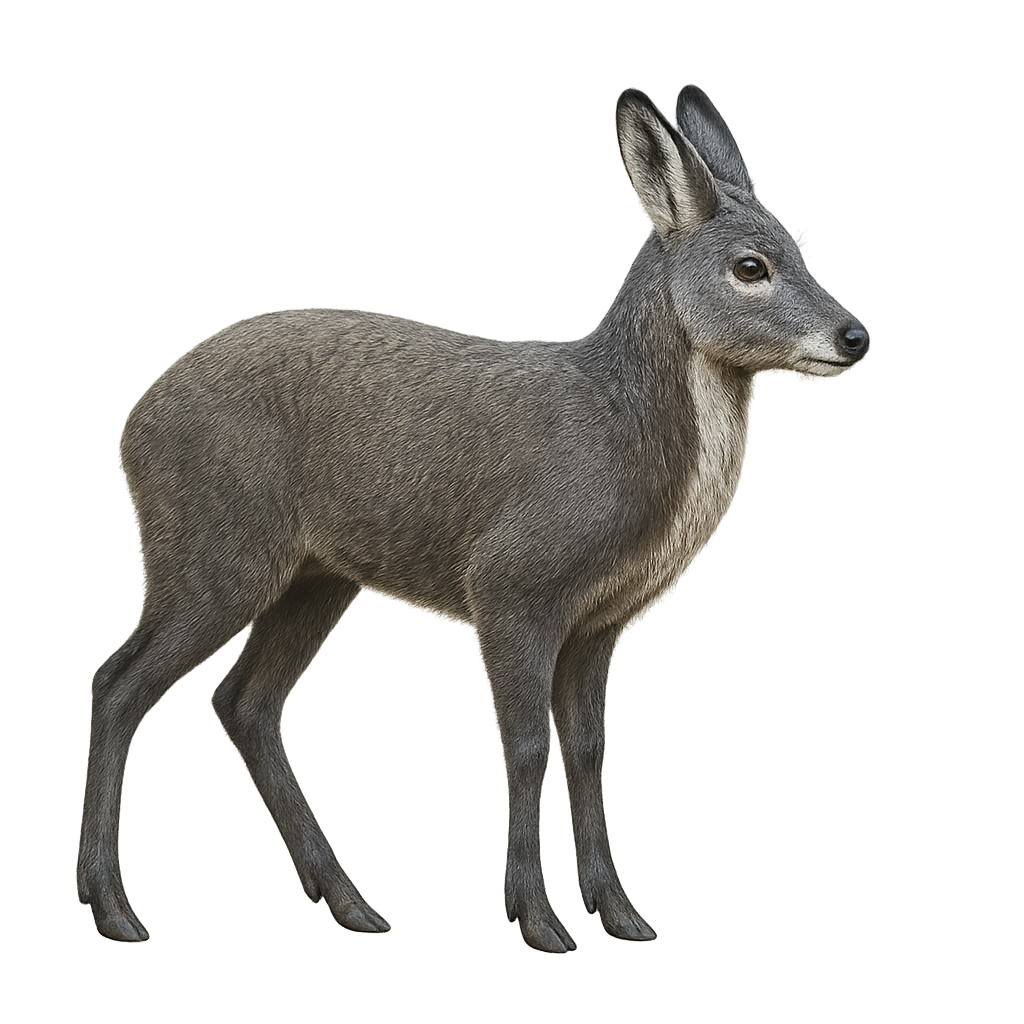Your wildlife photography guide.
Explore the forest musk deer in detail, study its behavior, prepare your shots.
Where to observe and photograph the forest musk deer in the wild
Learn where and when to spot the forest musk deer in the wild, how to identify the species based on distinctive features, and what natural environments it inhabits. The WildlifePhotographer app offers tailored photography tips that reflect the forest musk deer’s behavior, helping you capture better wildlife images. Explore the full species profile for key information including description, habitat, active periods, and approach techniques.
Forest Musk Deer
Scientific name: Moschus berezovskii

IUCN Status: Vulnerable
Family: MOSCHIDAE
Group: Mammals
Sensitivity to human approach: Very shy
Minimum approach distance: 30 m
Rut period: November to December
Gestation: 180-200 jours
Births: May
Habitat:
mountain forests, alpine meadows, rocky areas
Activity period :
Active at dawn and dusk, ideal moments for observation.
Identification and description:
The forest musk deer, or Moschus berezovskii, is a small deer native to the mountainous forests of China and Vietnam. This mammal is particularly known for its musk gland, used in perfumery. It is characterized by its small size, long slender legs, and prominent canines in males. Its thick brown fur allows it to camouflage effectively in its natural habitat. Primarily nocturnal, it feeds on leaves, grasses, and lichens. Although discreet, it plays a crucial role in its ecosystem by participating in seed dispersal. Unfortunately, it is threatened by illegal hunting and habitat destruction, leading to a decline in its population.
Recommended lens:
400 mm – adjust based on distance, desired framing (portrait or habitat), and approach conditions.
Photography tips:
To photograph the forest musk deer, it's essential to remain discreet and patient. Use a telephoto lens of at least 400mm to capture detailed images from a distance without disturbing the animal. Opt for twilight or nighttime hours when the animal is most active. Camouflage yourself in the environment to avoid detection and use a tripod for stable shots. Be attentive to subtle movements in the underbrush and prepare for low-light conditions.
The WildlifePhotographer App is coming soon!
Be the first to explore the best nature spots, track rutting seasons, log your observations, and observe more wildlife.
Already 1 431 wildlife lovers subscribed worldwide

